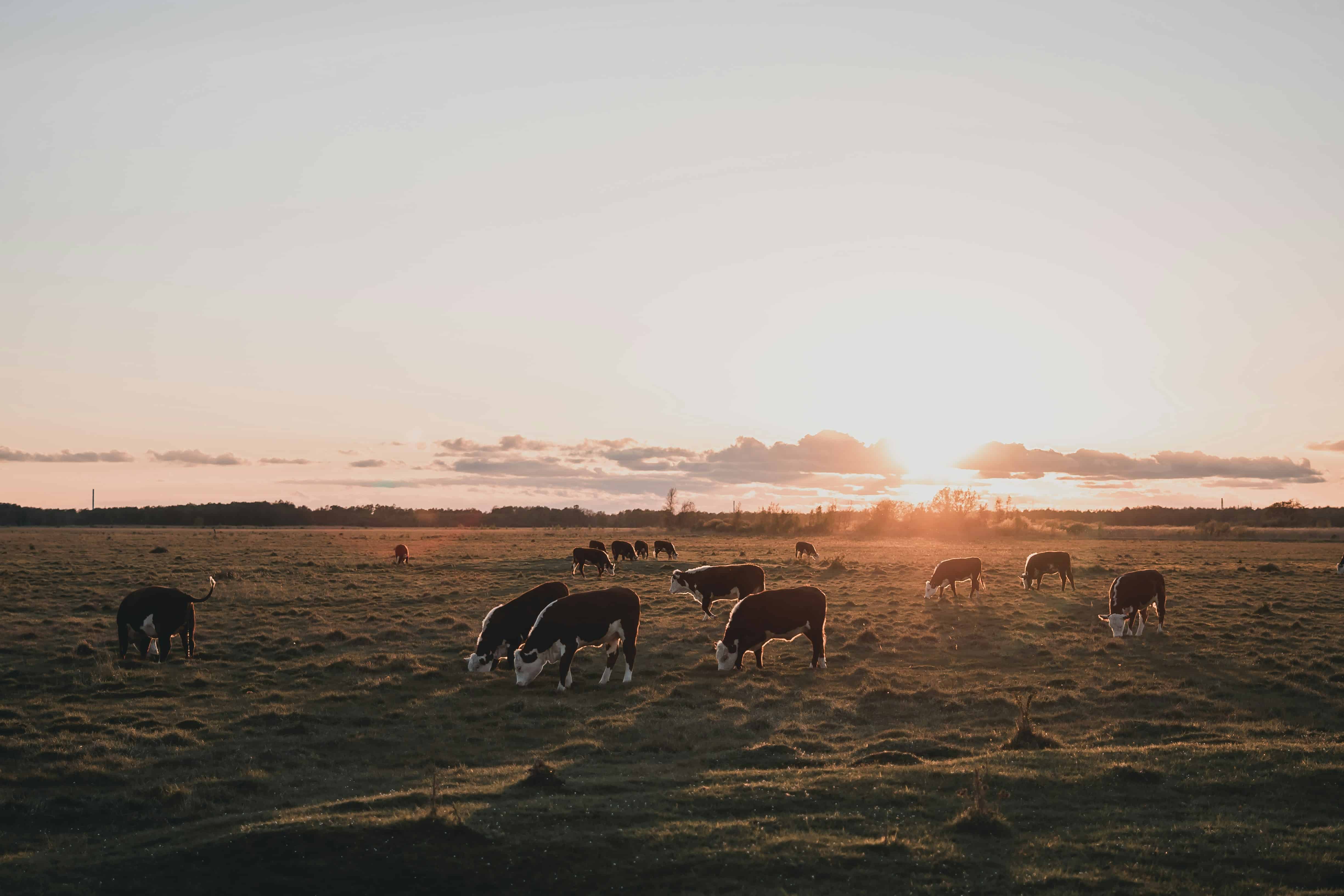Key Takeaways
- Significant Land Reallocation: The agreement facilitates a major reorganization of land usage to promote natural ecosystems and biodiversity.
- Reduction in Carbon Emissions: Introducing a CO2e tax on livestock to achieve Denmark’s 2030 climate objectives.
- Investment in Sustainable Technologies: Allocates over 40 billion DKK (USD 5.8Bn) for environmental projects like forestation and wetlands, aiming to modernize agriculture.
- Empowerment of Local Governance: Stresses the importance of municipal involvement in planning and implementation to ensure effective local management.
- National Consensus and Support: This demonstrates a unified approach among government, industry, and environmental groups to meet sustainability goals.
Overview of The Denmark Green Transition Plan Agreement
In a landmark decision, the Danish government and stakeholders within the Green Tripartite—including industry leaders and environmental organizations—have agreed on a comprehensive plan to revamp agricultural practices and land management across Denmark. The Denmark Green Transition Plan aligns with the nation’s 2030 climate targets and introduces innovative frameworks for sustainable development.
Strategic Changes in Land Management
The agreement introduces a strategic land use shift to accommodate natural habitats better and enhance biodiversity. This includes the creation of the Danish Green Area Fund, poised to direct approximately 40 billion DKK (USD 5.8Bn) into environmental projects that support these goals.
Economic Impacts and Environmental Benefits
To reduce greenhouse gas emissions from agriculture, the agreement sets forth a CO2e tax, starting at 300 DKK (USD 43) per ton in 2030. After a 60% reduction is applied, it will increase to 750 DKK (USD 108) by 2035.
Local and National Synergies
The plan emphasizes the role of local governments in overseeing the transition, highlighting the need for solid local involvement and planning. Municipalities are tasked with ensuring that the new measures are implemented effectively, reflecting their regions' specific needs and characteristics.
Statements from Key Figures
Henrik Dam Kristensen, Chair of the Green Tripartite, commented on the collaborative effort: “This agreement represents a testament to Denmark’s strong tradition of resolving major challenges collectively. We are setting a global standard for future green land management.”
Economy Minister Stephanie Lose highlighted the plan's comprehensive nature: “With this agreement, we are defining a clear, sustainable direction for Danish agriculture. It was not an easy task, but this consensus demonstrates our ability to unite and tackle significant environmental and economic challenges together.”
Implications for the Future
This agreement is a transformative step for Denmark, providing a blueprint for other nations looking to integrate sustainability into agricultural practices. By marrying environmental stewardship with economic innovation, Denmark is paving the way for a future where agriculture contributes positively to ecological health and climate goals.


